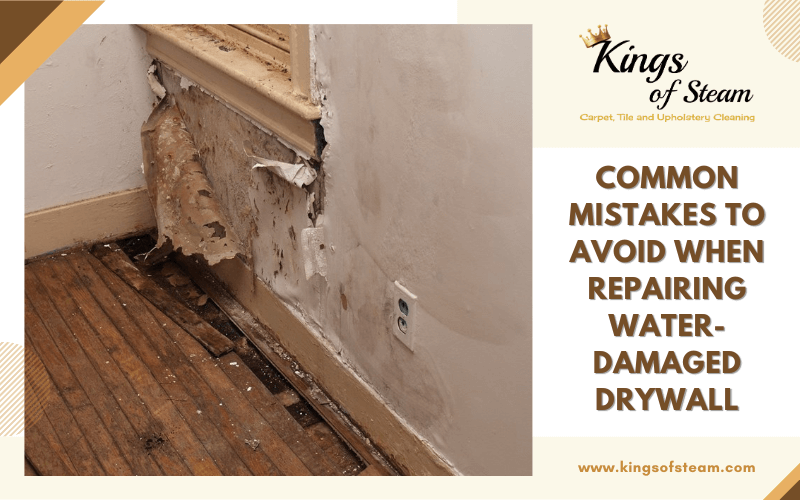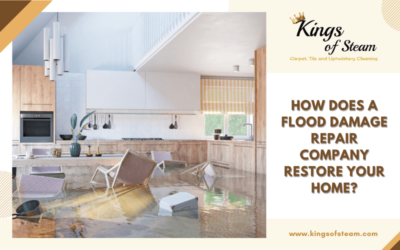If the water damage has left your drywall soggy and full of water stains, you may be considering fixing it yourself. It is an excellent DIY project as long as the damage is not too much. But some mistakes can affect the quality of your job.
To prevent that, we will discuss the most common mistakes to avoid when repairing water-damaged drywall. It will help you fix your drywall properly without compromising the structural integrity of your property.
Top Mistakes to Avoid When Repairing Water-Damaged Drywall
1. Ignoring the Source of Damage
Before moving on to fix the damaged drywall, most DIY enthusiasts make the mistake of ignoring the source of water damage. So, if the issue is not due to flooding or rain, you need to fix it before repairing the drywall.
In case of damage due to busted pipes or other plumbing issues, immediately locate the source of the damage and address it as soon as possible to prevent mold growth and any further damage to your drywall. After you fix that, start with the repairs.
2. Not Measuring the Drywall
When you start removing the damaged drywall and the area underneath it, always measure their dimensions. Many homeowners make the mistake of eyeballing the size of the drywall piece they need to replace and end up with too small or too large pieces.
Systematically measuring the size of the hole and marking it with a pencil or a Sharpie will save you additional trips to the store and prevent big mistakes in your drywall repair project.
3. Improper Screw Depth
Another common mistake you should avoid when repairing a water-damaged drywall is screwing the drywall too loosely or too deep. The former can result in screws popping out, and the latter will create issues when you are layering another piece on top. So it’s best to apply the screws in the middle where they are deep enough to be secure but not deep enough to create problems later on.
4. Using the Wrong Tools
When you undertake the task of fixing the damaged drywall yourself, you need to have the right tools for the job. Not using the correct instruments will result in a sloppy job that will increase the chances of drywall crashing down.
So, ensure you have all the right tools, including screwdrivers, hammers, a tape measure, and construction adhesive. Also, use broad knives to apply the joint compound rather than the small plastic ones. It will lead to better application and prevent waste.
5. Hanging the Drywall Upside-Down
Many homeowners make the mistake of hanging the drywall upside down when repairing it themselves. It affects the overall look of your job and reduces the structural integrity of the drywall.
To avoid this mistake, pay close attention to the drywall just to ensure its paper memory part is up. It will also have a ‘UP’ marking, helping you install the new drywall properly.
6. Not Blending the Damaged Part With the Rest
You should also avoid using too much joint compound to stick the drywall. It will make the area look uneven and stand out from the other parts of your drywall. Apply an even coating of joint compound to the drywall and cover it with a high-quality primer and paint to make the area blend in better.
7. Calling the Experts Too Late
Sometimes, the water accidents damage only a small portion of your drywall, while other times, the damage can be more substantial. If it’s the second scenario, there are high chances of damage to the structural integrity of your home, and trying to fix the damage yourself can make matters worse.
In this case, you should contact our professionals as soon as possible. We will reach your place on time, fix your drywall using the proper water damage restoration techniques, and avoid common mistakes while doing that. Your drywall will look as good as new after our restoration.
When you are fixing your drywall after water damage, these are the mistakes you should keep in mind and avoid at all costs. Doing so will improve the quality of your job and prevent any long-term damage to the structural integrity of your place.




